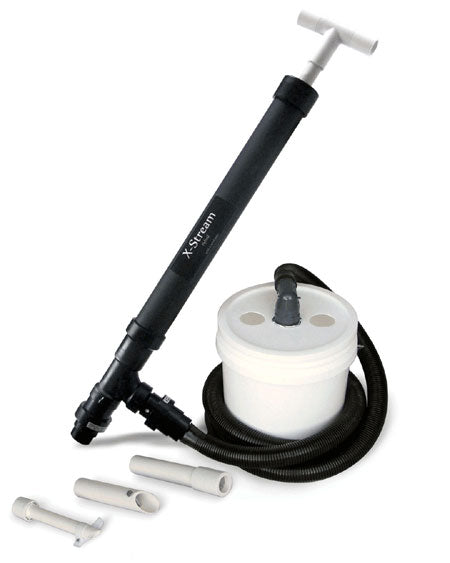


University of Alaska Fairbanks, Stanton Patty Family Papers (8) Within a year or two, those miners with money began importing labor-saving machines.Ī self-propelled churn drill for finding gold is accompanied across Coal Creek by a Caterpillar tractor crew, ca. Unlike stampeders in California a half century before, miners at northern latitudes faced an additional challenge: the frozen ground called permafrost that made digging to bedrock and locating the gold difficult, dangerous, and slow. Although some gold could be captured at the surface with a prospecting pan, most was deep underground in a thin layer just above bedrock. Using hand tools, flowing water, sluice boxes, and plenty of hard work, they set about separating small amounts of gold from large amounts of sand and gravel. At first, they used rudimentary tools and simple technology-whatever they could haul on their backs or build from materials on site.

Mining in the Klondike began in spectacular fashion with stampeders who entered northwestern Canada to begin pick-and-shovel-style placer gold mining. My new book entitled Gold, Steel & Ice: A History of Mining Machines in Yukon-Charley Rivers National Preserve (2015) helps to document the ways in which machines made “gravel mining” possible during the heyday of gold production in the Far North. It was not until gold was discovered in large quantities that the pace of mechanization increased. For much of the gold rush era, sled dogs and foot travel were more common than steamboats or other representatives of industrialism. In addition, the mechanical products of the Industrial Revolution, which transformed much of the world, were slow to arrive in the Far North. The region has always presented its human inhabitants with natural obstacles like frigid temperatures, rough terrain, and lengthy supply lines. The drama of the Klondike gold rush in the late 1890s and subsequent gold discoveries across Alaska made the region synonymous with glittering gold and overnight wealth, but pulling profit from the earth was never easy. The 1930s-era gold dredge at the Coal Creek mining camp in the heart of Yukon-Charley Rivers National Preserve, 2014.


 0 kommentar(er)
0 kommentar(er)
